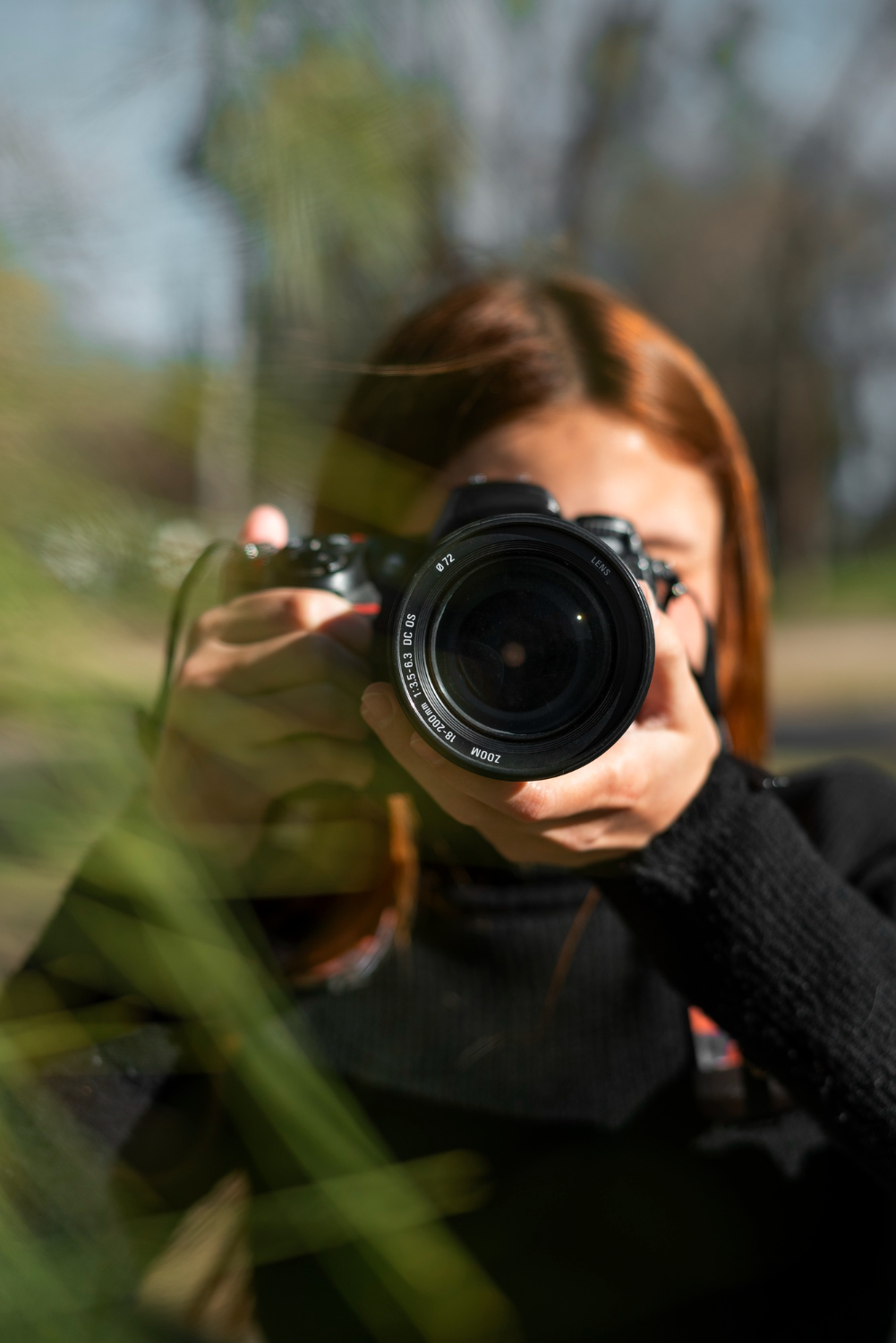
Photography is a skill that takes time to master. Whether you’re just starting or looking to improve your skills, these tips will help you take your photos from snapshots to works of art.
Take your camera off full auto and experiment with manual settings. Understanding how the various settings work together will give you more control over your photos.
Table of Contents
Composition
Composition is arranging a photo’s elements to create a strong photograph. It’s one of the most important skills any photographer like Meg Bitton can develop, but it can be hard to grasp when just starting.
Learning the rules of composition can seem overwhelming at first, but there are some simple guidelines that you can use to improve your photos. These tips will help you make more intentional decisions about composition, leading to better photos that communicate a clear message to your audience.
One of the most basic tips is to avoid placing your subject in the center of the frame. This is the single biggest composition mistake made by novice photographers, and it’s easy to fix by using the rule of thirds. This compositional guideline is loosely based on a tic-tac-toe grid, and by putting your subjects on the intersections of these lines, you’ll create more interesting photographs. In addition to this, changing your perspective can also greatly impact composition. For example, crouching low to capture a scene can make it feel more intimate and powerful.
Lighting
Having the right lighting is vital to a strong photograph. It sets the mood and can be as important to a photo as its subject. Poor lighting can be a pain to fix in a post, but lighting will enhance the image and give it life. If possible, try to shoot during the golden hour (the window in the morning and evening when the sun is low) to get beautiful light on your subjects.
Learn the rule of thirds and use it to frame your subjects. Also, look for ways to compose a picture from different angles, such as getting above or below your subject to change its size and create interest. The more you take photos, the better you will get – so don’t be afraid to experiment with your gear! But be sure to understand how your camera works and the basics of exposure (aperture, shutter speed, and ISO). A basic understanding will help you take your photography to the next level.
Exposure
It’s not uncommon to see photos that are either over- or underexposed, but knowing what you can do to rectify this will give you a better handle on your images. Understanding how to control your shutter speed, aperture, and ISO will allow you to make creative decisions for your image rather than leave it up to the machine.
A great tip is to use the rule of thirds when composing your photos, which divides your image into three parts and suggests placing the main points of interest on these intersections to create more balanced, aesthetically pleasing images. This isn’t an absolute, and once you’ve mastered these basic rules, feel free to break them!
It’s also important to remember that what you see is filtered through your brain while the camera is seeing everything. Don’t be bold. Take a few extra shots of a subject and try different angles and settings to help you achieve a stronger photograph.
Focus
Focus is the key element of a strong photograph. If you want to create a sharp image, it’s important to focus on your subject and ensure that it’s the most important part of the photo.
One way to do this is by using a narrow aperture. This will allow you to have a deep depth of field and will ensure that your subject is sharp. Another way is to use a technique called “focal stacking.” This is a process where you take several photos at different focal points and then merge them in post-production.
Finally, if you’re having trouble getting your image sharp, try moving around or changing your perspective. Changing your position by a few feet can help you get your image in focus. For example, if you’re shooting aspen trees in fog, try positioning yourself so the trees are closer together. This will help you to get all the trees in focus.